How to Take the Red Out of Red Oak

When we were building our house, we ran into a small issue. Our hardwood flooring was white oak, but we had a lot of other wood elements like beams and built-ins that would have to be built using red oak boards. We had to use red oak due to the limited availability of white oak.
For more helpful tutorials, checkout Plank & Pillow.
So you may or may not be asking yourself, so what’s the big deal? I definitely don’t think all wood in a house needs to match exactly. In fact, a little contrast is nice. But in this house, it was very important to us to not have reddish hues coming through in any of the wood elements.
So I spent several days trying to figure out how to take the red out of our red oak. I had heard of people bleaching wood, but I was skeptical about how well it would work. After researching the best bleach for wood, I came to the conclusion that all of the products I was finding were very overpriced. I also noticed that they all seemed to have the same two main ingredients: lye and hydrogen peroxide. I decided to make my own wood bleach.
The hydrogen peroxide was easy to find. I picked up a bottle at my local Walgreens, but it took a little more effort to find the lye locally.
I ended up finding it at Walmart, but not where I expected to find it. It was with the plumbing supplies. What I bought was a cheap drain unclogger that was 100% lye crystals.
Important: When handling or working with lye, you should always wear gloves and probably eye protection. Also, never pour water into the lye and don’t pour a bunch of lye into the water at one time.
I filled a plastic container with 1 qt of water. It’s important that you use plastic and not metal. And if you are doing a lot of wood, you might want to make a gallon.
Then I slowly added 3 tablespoons of lye to the water, stirring the water slowly between each tablespoon.
Once I had the lye solution made and ready to go, I set it aside and poured the hydrogen peroxide on the red oak.
Then spread it with a foam brush to make sure the entire surface was covered.
I used the foam brush to spread on the lye solution thoroughly over the entire surface.Then I let it completely dry.
After the wood had completely dried, I noticed that it had a yellow tint. I realized this was residue from the lye solution. Using water, I rinsed the surface of the wood and wiped it dry with a towel. Then I let it comply dry again.
As you can see in the picture above, the bleach removed almost all of the red/pink coloring from the red oak.
If you end up using this method to bleach red oak and you feel like there is still too much red, you can repeat steps 2 – 4 until you are happy with the color.
Also keep in mind that the bleach only affects the top layer of the wood. So if you end up sanding the wood a lot, you could reveal red by removing too much of the bleached layer. Light sanding should be ok.
Below you can see the red oak we used on our beams and built-ins in our living room, and the wood has no reddish tint.
For more helpful tutorials, checkout Plank & Pillow.
Enjoyed the project?
Resources for this project:
See all materials




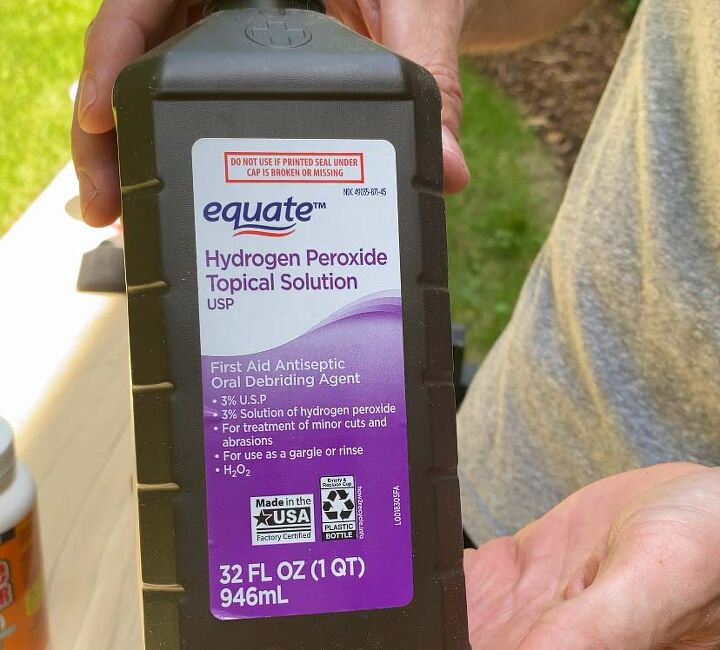










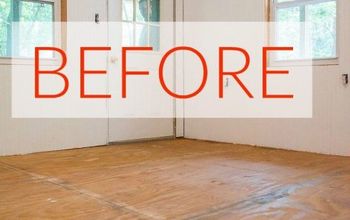
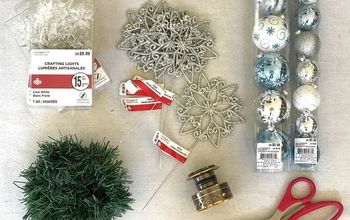



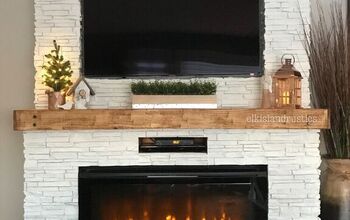
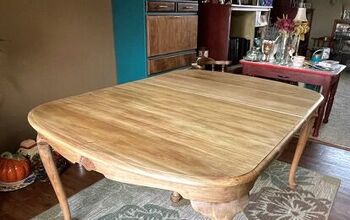

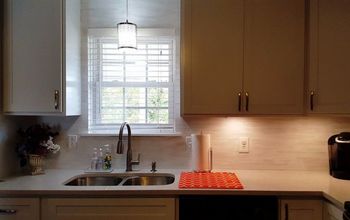
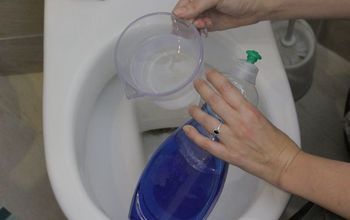


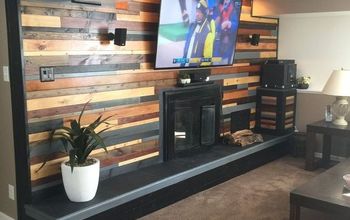

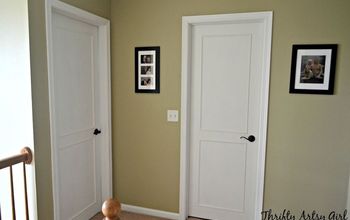

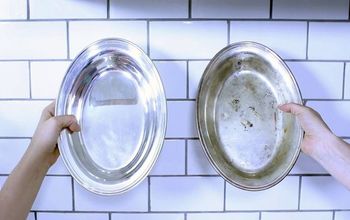
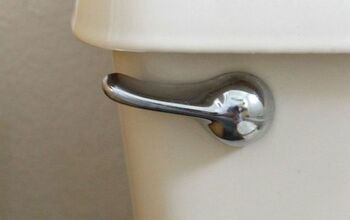

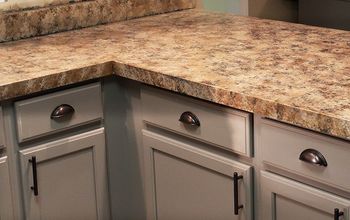


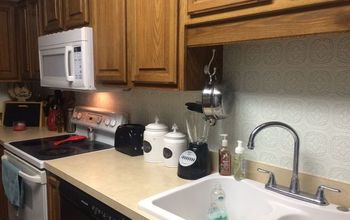
Frequently asked questions
Have a question about this project?